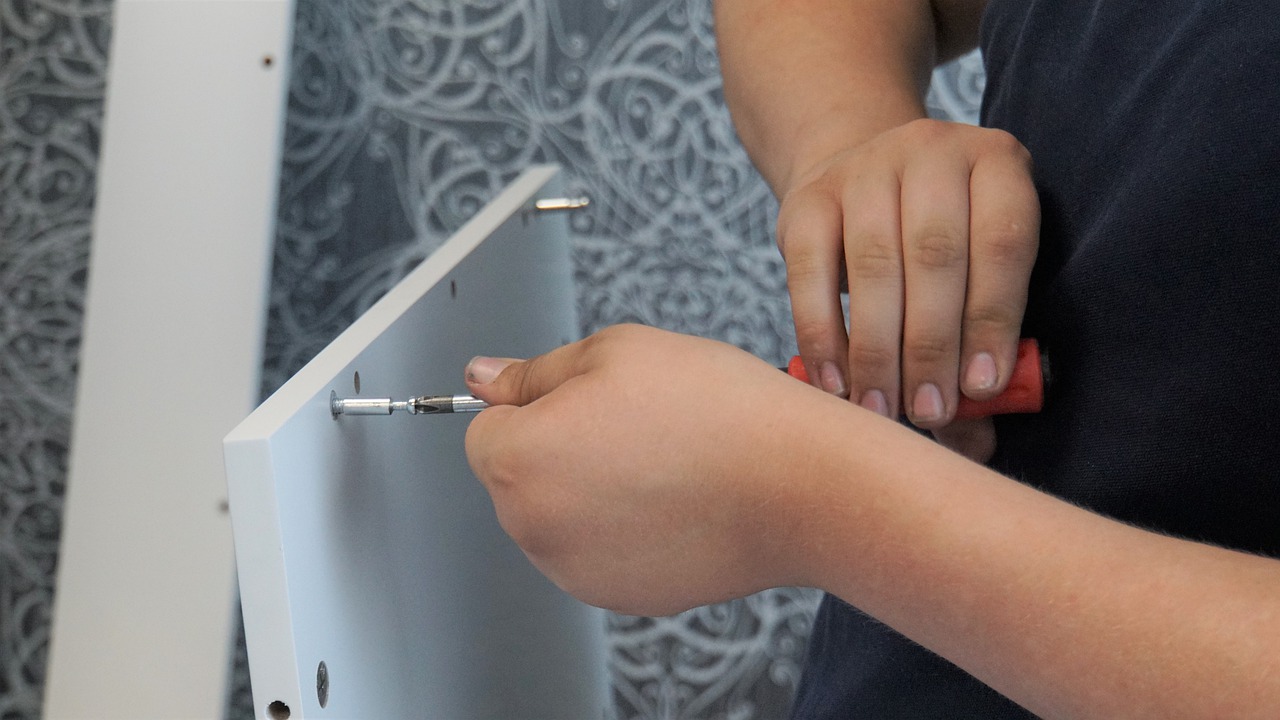Phrasal Verbs with ställa, säga, sätta Posted by Chelsea B on Mar 19, 2021 in Grammar, Swedish Language, Vocabulary
Mastering Swedish phrasal verbs is a crucial step in advancing beyond the basics. These verbs adapt their meaning with the addition of a participle, preposition, or adverb. It’s the difference between “to put” and “to cancel” or “to say” and “to quit,” the point being that the second verb in each of those sets varies significantly from the first verb, eller hur? Below I feature three phrasal verbs that begin with the letter S; ställa, säga, and sätta. I’ll touch on (English phrasal verb there) the conjugation of each root verb, some common phrasal verb combinations, and my favorite, some practice sentences! ?
In December, I posted a blog about common phrasal verbs using the Swedish root verb gå. In that blog, I go into more detail about Swedish phrasal verbs in general, so give that a look if this idea is new to you!
root verb: att ställa – to place
→ ställer → ställde → har ställt → ställ!
att ställa in to cancel / adjust
att ställa om to rearrange
att ställa till to cause something (sometimes make a mess)
att ställa upp to assist / to stand by
att ställa ut to show / display
root verb: att säga – to say
→ säger → sa(de) → har sagt → säg!
att säga ifrån to protest /dispute
att säga om to repeat
att säga till to speak up / let know
att säga upp to quit
*OBS – säga upp can be used when an employee quits OR when people are dismissed
root verb: att sätta – to set or to place
→ sätter → satte → har satt → sätt!
This definition of sätter is quite similar to the first verb, ställa. But again, these phrasal verb combinations force the root even further from the original meaning.
att sätta igång to begin
att sätta ihop to assemble
att sätta in to deposit
att sätta på to turn on
att sätta på sig to put on
att sätta sig in i to learn
These exercises are a sampling from the exercise book Andra övningsbok i svenska, by Gunnar Hellström and Ieva Zalcmanic from Sanoma utbildning, who publishes some fantastic learning materials in both digital and print. Fill in the blank with one of the phrasal verbs above. Remember to pay attention to conjugating all of the verbs accordingly!
- SAS har ________ all utrikestrafik på grund av strejk.
- Snälla, ___________ radion! Jag vill höra nyheterna.
- Nu har Eva rökt härinne igen! Vi måste __________ henne att sluta med det.
- ________ dig den där röda klänningen! Den passar dig verkligen bra.
- Har du hört att Åke har ________ sig på Volvo?
- Hur uttalar man ditt efternamn? Kan du __________ det?
- Behöver du hjälp med flyttningen? I så fall ________ jag ________!
- Nej, nu måste vi ___________ med maten om den ska bli klar innan gästerna kommer.
- De _______________ Picasso på Moderna Muséet! Ska vi inte gå dit?
- Martin ___________ prenumerationen på Dagens Nyheter. Han tyckte den var för dyr.
Hur gick det? How did it go?
I’ll post the answers in the comments a few days from now! In the meantime, tell me below what else you’d like to see on this blog. I’m full of ideas, but oftentimes yours are better. ?

Build vocabulary, practice pronunciation, and more with Transparent Language Online. Available anytime, anywhere, on any device.




